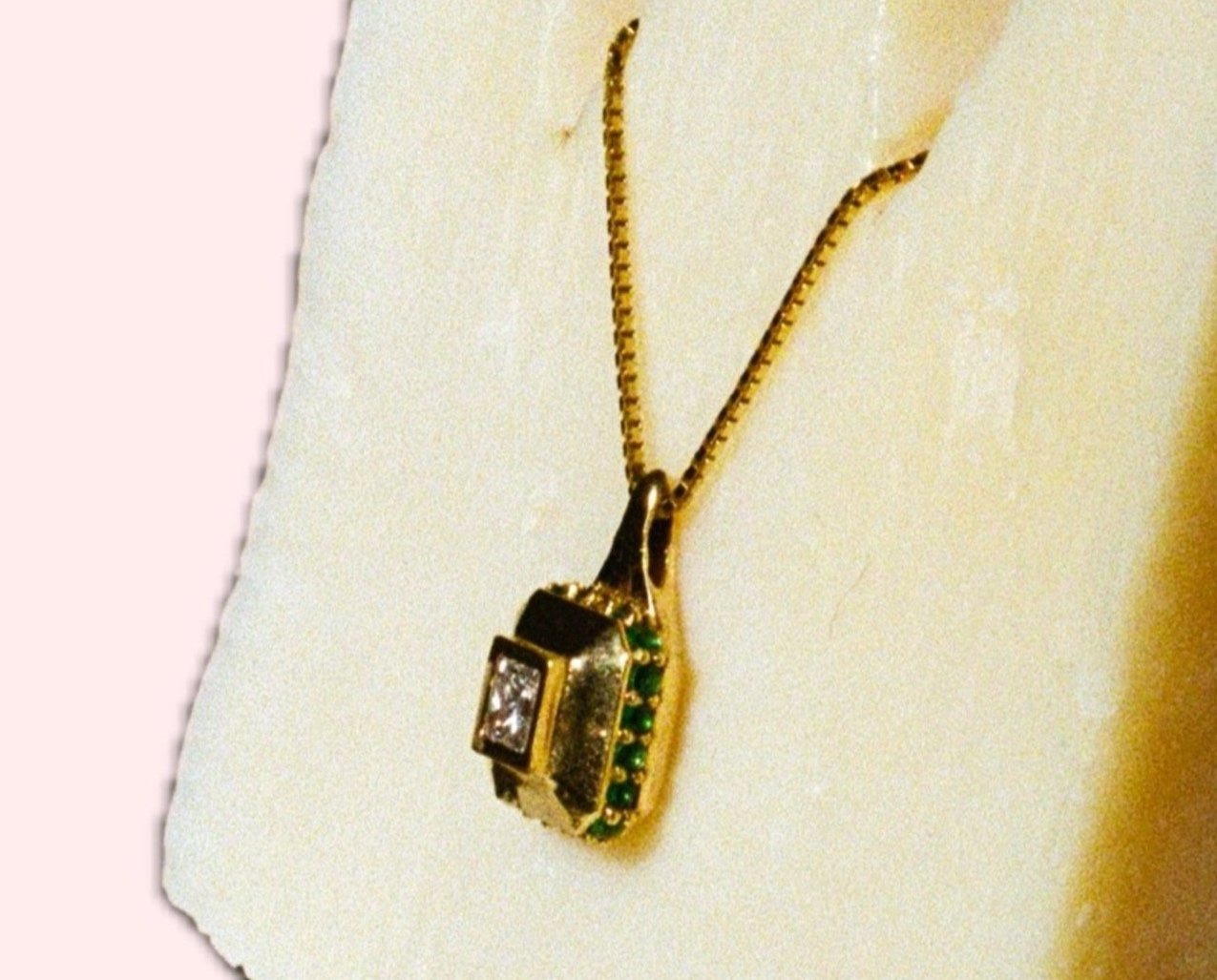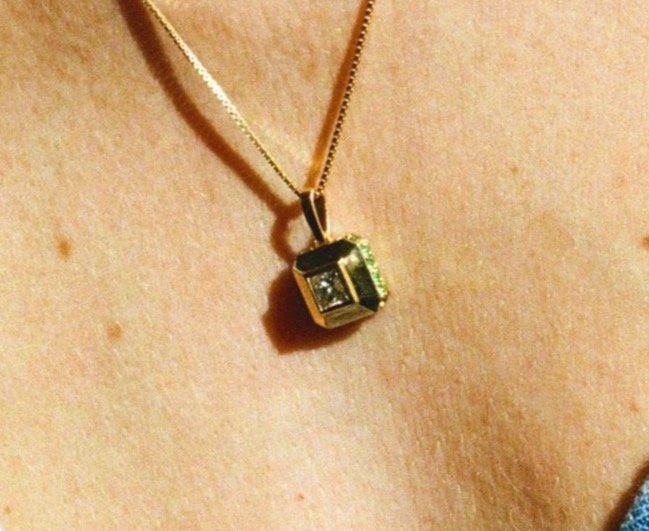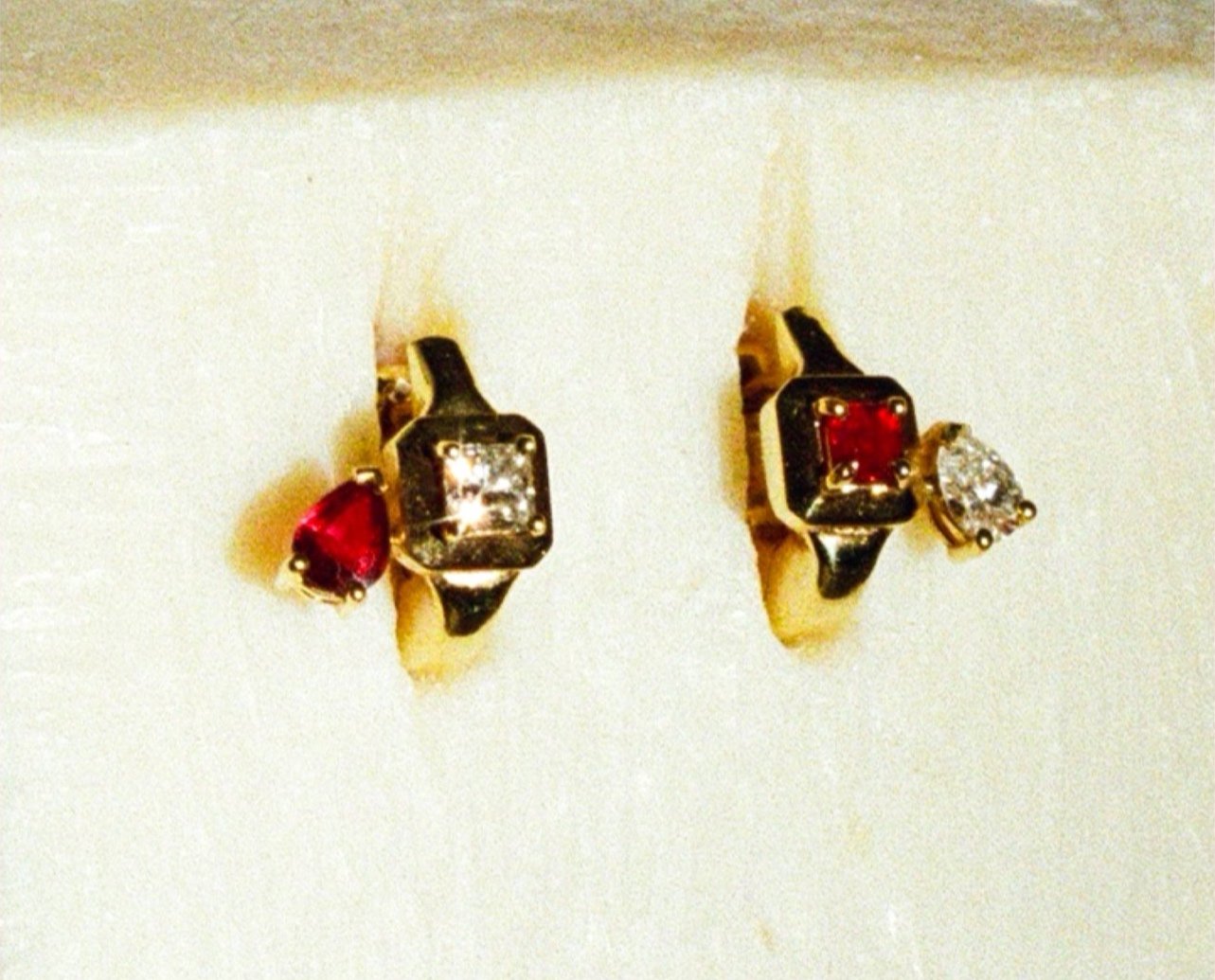The ultimate sunbeam - the Luxor tekhenu on Place de la Concorde
How did a 3,300 year old Egyptian masterpiece end up on one of the largest public squares in Paris?
The story of the Luxor obelisk on Place de la Concorde in Paris is one of the many occurrences that chronicle Egypt’s coveted cultural heritage and echoes its past defilement by Western conquests and occupations.
The Luxor Obelisk, prepped and primed for the 2024 Paris Olympics.
The Romans, the first obelisk smugglers
The Romans were the first to deprive Egypt of its ancient obelisks and present them as trophies of war. In 31 BC following emperor Augustus’ defeat over Cleopatra, two obelisks were seized from the Heliopolis Temple and brought back to Rome from Alexandria.
The first obelisk was erected on the Campus Martius and later relocated on the Piazza Montecitorio where it received its title. The second was erected on the Circus Maximus and was also relocated and later raised in the Piazza del Popolo where it stands to this day. Currently, Rome still holds the most obelisks outside Egypt with 18 in total and 48 during the peak of the Roman Empire.
The Fountain of the River, Place de la Concorde, Paris, 2024
The Luxor obelisk, Place de la Concorde, Paris, 2024
When tekhenus became obelisks
The displacement and reappropriation of Egypt’s legacy by imperialist powers is a pattern that can be observed throughout Egypt’s history. Before the Romans called obelisks “obeliscus”, these monumental sunbeams were referred to as “tekhenus” by ancient Egyptians.
“Tekhenu” meant “to shine” or “to pierce the sky”. They were dedicated to the sun-god Ra and were a symbolic representation of the sun’s rays. The word obelisk appeared centuries later and derives from the Greek word “obeliskos” which meant “pointed pillar” and ostensibly holds much less significance than its original name.
Temple of Luxor Facade, watercolour, François-Charles Cécile, 1800
Britain and France’s colonial ventures in Egypt
Subsequent to the Romans, the French and the British were the next empires to exploit Egypt’s extensive ressources and cultural heritage. During the Ottoman Empire, Egypt became a battling ground for the French and the British who spent years fighting to expand their influence and power in the Mediterranean.
Napoleon tried, but failed
It is reported that Josephine de Beauharnais’ parting words to Napoleon Bonaparte before he left for his conquest of Egyptian land were “ Goodbye! If you get to Thebès, do send me a little obelisk”. Considered by colonial empires as booty to be plundered, obelisks continued to be used as symbols of power and hegemony of one empire over the other. However, Napoleon was defeated by the British, and Josephine never gifted an obelisk.
So how did the Luxor obelisk make it to Paris?
A race between two powers for the “civilised acquisition” of an obelisk
Before Egypt fell under British protectorate, it was under the Ottoman Empire and ruled by the Albanian sultan Mohammed Ali Pasha. During his reign, Pasha gifted an obelisk to the British Empire to commemorate their winnings against the French in 1801. While the British welcomed the gift, they refused to fund its perilous journey. The obelisk was moved from Cairo to Alexandria and awaited transport to London for 57 years when eventually, a generous philanthropist by the name of Sir William James Erasmus Wilson decide to fund and oversee its transfer to London.
This delay enabled France to secure an obelisk of its own in the meantime. Indeed, initially not one but two carved obelisks placed at the entrance of the Luxor Temple during Ramses II’s reign were gifted to King Charles X by the Viceroy of Egypt Muhammad Ali in 1829, as a diplomatic gesture. This came after Jean-François Champollion, a passionate French historian and linguist found the key to the decipherment of the Rosetta Stone’s hieroglyphs in 1822. But unlike the English, the French were determined to obtain an obelisk of their own and were not discouraged by the cost and difficulty of transporting it to Paris.
Champollion himself was entrusted with choosing which obelisk was to leave Luxor first. After much research, the right obelisk upon entering the Temple was chosen as Champollion considered it was more congruous to a French audience. Champollion believe the other obelisk to be damaged at the base and it was therefore left behind.
The Luxor Temple entrance after the removal of the obelisk chosen by Champollion.
engraving by David Roberts, 1838
A foreign jewel placed at the center of Paris’ revolution square
A close up of the base of the Luxor obelisk, on display at the Louvre-Lens museum
When the obelisk arrived in Paris, it took another three years to be erected. On the obelisks’ base statues of baboons standing on their hind legs with their arms raised and their reproductive organs exposed were considered too libertine for the prude Parisian audience of the time and were taken down which further delayed the obelisk’s erection. Today the base can be found at the Louvre-Lens Museum.
watercolor painting by Cayrac depicting the erection of the Luxor Obelisk on the Place de la Concorde in 1836
Then came the time to decide where to place the monumental granite sunbeam. The place de la Concorde was deemed the perfect location, a symbol of France’s tumultuous past it would reconcile the French following the revolution.
With the help of the Apollinaire Lebas, the young engineer who oversaw the transportation and installation the obelisk from Luxor to Paris, it was finally raised in 1836 in front of 200,000 curious spectators.
Considered too risky and too costly, the second obelisk never made it to France, and was officially handed back to Egypt by president Mitterand in 1981.
At the base of the Luxor obelisk diagrams show how the obelisk was lowered in Egypt
and raised in Paris.
The Republican Guard, Place de la Concorde, Paris 2024

























